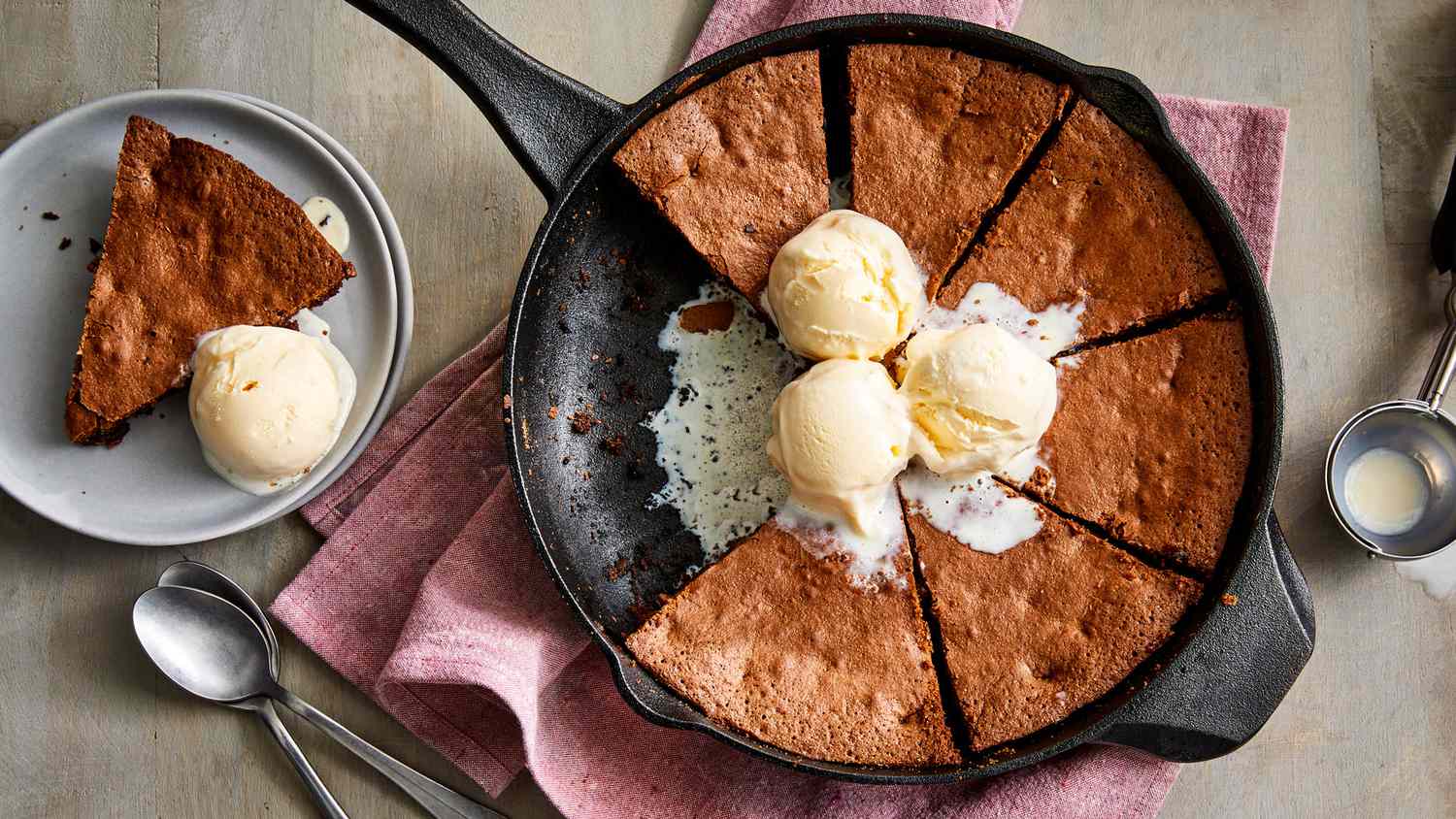When it comes to selecting the perfect skillet for your kitchen, the debate often boils down to carbon steel skillet vs cast iron. Both options have their unique features and benefits, making it essential to understand these differences before making a decision. In this article, we will provide a detailed comparison to help you determine which skillet best suits your culinary needs.

The History of Skillets
Skillets have been an essential tool in kitchens for centuries. From ancient civilizations to modern kitchens, the design has evolved, but the purpose remains the same: to provide a reliable and versatile cooking surface. Both carbon steel skillets and cast iron skillets have their roots in historical cooking methods, making them timeless choices.

Material Composition
Carbon Steel Skillets
A carbon steel skillet is made primarily of iron and carbon, with a lower carbon content than cast iron. This results in a lighter and more flexible material that heats up quickly and provides even heat distribution.
Cast Iron Skillets
Cast iron skillets are made entirely of iron with a higher carbon content. This creates a dense and heavy material that retains heat exceptionally well. Cast iron skillets are known for their durability and ability to develop a non-stick surface with proper seasoning.

Weight and Handling
One of the significant differences between carbon steel skillets and cast iron skillets is their weight. Cast iron skillets are typically much heavier than carbon steel skillets, which can make them more challenging to handle, especially for individuals with limited strength or mobility. On the other hand, carbon steel skillets are lighter and easier to maneuver, making them a preferred choice for many home cooks.
Heating Properties
Heat Conductivity
Carbon steel skillets heat up quickly and offer excellent heat conductivity. This makes them ideal for tasks that require precise temperature control, such as searing and stir-frying. However, they may not retain heat as long as cast iron skillets.
Heat Retention
Cast iron skillets excel in heat retention. Once heated, they maintain a consistent temperature, making them perfect for slow-cooking, baking, and dishes that require sustained heat. The downside is that they take longer to heat up compared to carbon steel skillets.
Seasoning and Maintenance
Seasoning Process
Both carbon steel skillets and cast iron skillets require proper seasoning to develop a non-stick surface. This involves applying a thin layer of oil and baking the skillet at a high temperature. Over time, with regular use and seasoning, both types of skillets will improve their non-stick properties.
Maintenance Tips
Maintaining a carbon steel or cast iron skillet requires care and attention. Avoid using harsh detergents or abrasive scrubbers, as they can strip away the seasoning. Instead, gently clean the skillet with hot water and a soft brush. For more detailed cleaning tips, you can visit this external link.
Versatility in Cooking
Both carbon steel skillets and cast iron skillets are highly versatile. They can be used for a wide range of cooking methods, including frying, searing, sauting, and baking. The choice between the two often comes down to personal preference and specific cooking needs.
Price Comparison
The cost of carbon steel skillets and cast iron skillets can vary based on brand, size, and quality. Generally, carbon steel skillets tend to be slightly more expensive due to the manufacturing process and material properties. However, both types offer excellent value for the investment, given their durability and performance.
Environmental Impact
Both carbon steel skillets and cast iron skillets are highly sustainable choices. Made from natural materials, they have a minimal environmental impact when compared to non-stick or disposable cookware. Additionally, their longevity ensures they can be used for generations, reducing the need for frequent replacements.
Popularity Among Professionals
In professional kitchens, the debate of carbon steel skillet vs cast iron is common. Many chefs prefer carbon steel for its quick responsiveness to temperature changes, while others favor cast iron for its robustness and heat retention. The decision often comes down to the chef’s style and the specific requirements of the dish being prepared.
Ergonomics and Usability
When considering ergonomics, carbon steel skillets offer a significant advantage due to their lighter weight and easier handling. They are more comfortable to use for extended periods, making them a suitable option for home cooks and professionals who prioritize ease of use.
Recipes and Applications
Both carbon steel skillets and cast iron skillets can be used to create delicious and diverse recipes. Whether you’re making a perfectly seared steak, a delicate omelet, or a rustic cornbread, both types of skillets can deliver excellent results. You can enhance your culinary skills by trying out different recipes and techniques with these versatile tools.
Conclusion
In the end, the choice between a carbon steel skillet and a cast iron skillet depends on your personal preferences and cooking style. Both options offer tremendous benefits and can elevate your culinary creations. By understanding the unique properties and advantages of each type, you can make an informed decision that best suits your kitchen needs.
FAQ Section
1. Are carbon steel skillets and cast iron skillets non-stick?
Both require proper seasoning to develop a non-stick surface. Over time, with regular use and seasoning, they can become highly non-stick.
2. Which skillet is better for searing?
Carbon steel skillets are often preferred for searing due to their quick heat-up time and excellent heat conductivity.
3. Can I use metal utensils with these skillets?
Yes, both carbon steel and cast iron skillets are highly durable and can withstand metal utensils without damage.
Internal Links
As an Amazon Associate, I earn from qualifying purchases.
